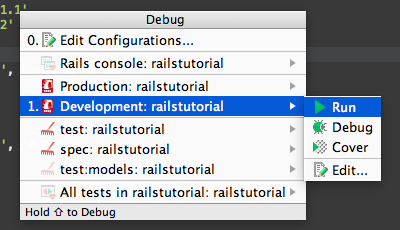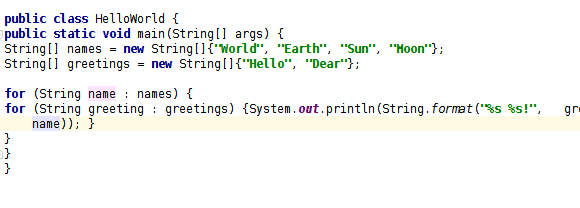

We’ll whirl through matrices, datasets, plots, and cover a couple of statistical functions. Instead, we’ll focus on the stuff that makes Julia exciting and cool.

This article won’t really go into a lot of depth into the syntax of Julia, as you can learn that elsewhere pretty quickly. Julia might seem a bit weird at first with its lack of OOP and all, but, with a little bit of effort, it can definitely expand your capabilities. Creating quick visualizations of data is also a breeze. Of course, if you’re a Rubyist, you might not care about MATLAB to begin with, so what’s the point? Well, if you’re doing any sort of numerical work, Julia is definitely worth a look: it gives you the feel of a dynamic, interpreted language, with performance close to that of a compiled one. Julia is supposed to take the spot of MATLAB as a language quick to pick up and sketch out some algorithms, but it also feels like a solid language built by computer scientists. Also, I think it’s a pretty bad sign that there’s a website called Undocumented MATLAB that’s dedicated using “hidden” parts of MATLAB. There’s no direct access to threading or any sane, generalizable concurrency framework. Building abstractions is unnecessarily difficult and the concept of reusable libraries seems foreign to a lot of the MATLAB community. In general, it feels as if MATLAB is continually trying to stop you from writing clean, readable code. There are also a lot of things I strongly dislike about MATLAB. The feature set is awesome and, especially if you’re doing something in computer vision, seeing the results of standard algorithms quickly is incredibly useful. Anything to do with matrices (a simple example: creating a matrix with a bunch of zeros is just zeros(n, n)) is really easy, the documentation is generally pretty good, and it’s quick to get started with the language. There are a lot of things I like about MATLAB. This wasn’t because of any particular preference on my part it just happens that a lot of research (especially stuff that’s math heavy) is built on MATLAB. A lot of my work was implemented in MATLAB. I worked at a lab at MIT this summer focusing on some research related to compression of information as it travels through the network. match ( / \A(*)/ ) : nil BetterErrors:: Middleware. # initializers/better_errors.rb if defined? BetterErrors # Opening files BetterErrors.


 0 kommentar(er)
0 kommentar(er)
